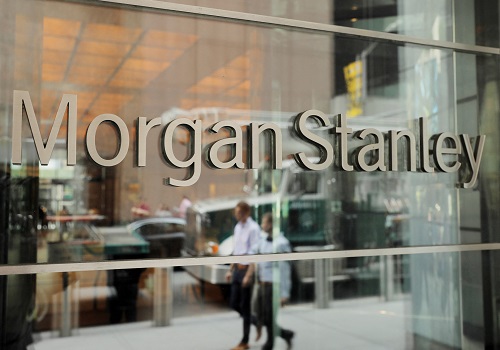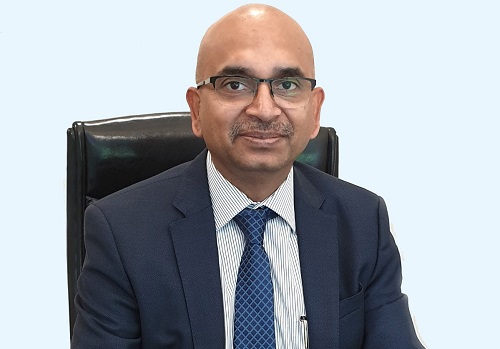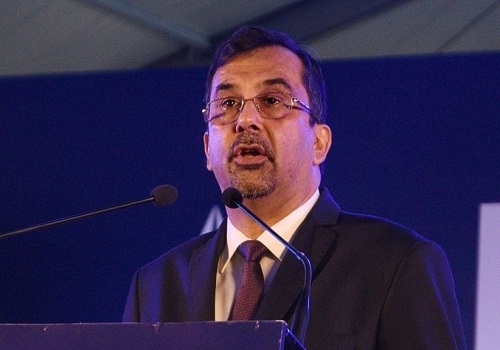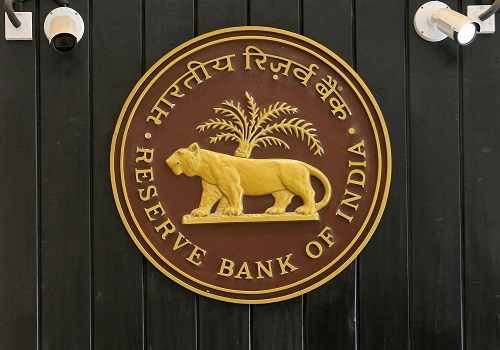The MPC will likely deliver 25bps hike, with the decision possibly getting more divided in the form of vote split Says Ms. Madhavi Arora, Emkay Global Financial Services

Follow us Now on Telegram ! Get daily 10 - 12 important updates on Business, Finance and Investment. Join our Telegram Channel
Below is on RBI MPC Preview By Ms. Madhavi Arora, Lead Economist - Emkay Global Financial Services
RBI MPC Preview: Prepping for a dovish hike
*The fast-evolving world order has meant that policy repricing keeps markets on the toes, and they keep swinging on the timing and extent of policy pivots.
However, on net, even as global tightening is still expected, the firm anticipation of near-ending (and quick reversal) of the rate cycle in the west has eased financial conditions somewhat.
This hints that EM Asia central banks (incl RBI), which were somewhere being strong-armed by the west, could breathe easier.
*The MPC will likely deliver 25bps hike, with the decision possibly getting more divided in the form of vote split.
The policy tone will likely be balanced with the move to a neutral stance, deriving comfort from:
(1) the recent de facto less (perceived) Fed tightening/easing,
(2) monetary-policy lags of the hikes so far,
(3) improving external sector dynamics.
But the policymakers would still justify the hike stating recent inflation surprises, stickiness of core and still-elusive 4% medium-term target – in a bid to maintain their inflation-fighting credibility as a central bank, especially as they still view growth impulses stable. We see FY24 average headline/core inflation at 5.2%/ 5%.
* That said, a 25bps hike would imply the ex-ante real rates around 1.4%+ -- keeping one-year forward inflation forecast as anchor, giving them comfort and flexibility on their supposed stance and actions ahead.
In our view a “hawkish pause” serves less purpose* in sending clearer forward guidance while a *”hawkish hike” makes even lesser sense from the policy perspective amid limited macro levers.
* Bonds are expected to (bear)-steepen, with heavier longer end supply. This, combined with the possibility that the RBI is approaching the end of the rate hike cycle, favors the shorter-end of the G-sec curve over the longer end. Other push-and-pull factors that will likely keep the 10-year range-bound with an upward bias, include:
(1) evolution of demand from insurance, MFs (amid taxation changes), and even banks,
(2) the RBI's rates/liquidity stance as it approaches the end of the rate cycle,
(3) consistent global repricing of rates amid still-elevated yet falling inflation,
(4) bad monsoons and higher domestic food inflation, and
(5) easing global commodities, with Brent still rangy.
Thus, we expect the 10-year benchmark yield to trade in the range of 7.25-7.50% in the near term.
Above views are of the author and not of the website kindly read disclaimer










Tag News

Monthly Debt Market Update, September 2023: CareEdge Ratings



More News

Morgan Stanley revises rate call on India's RBI to 50 bps on sticky inflation









